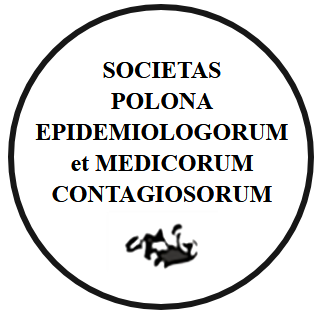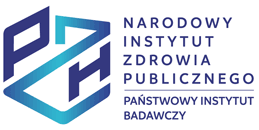ABSTRACT
Despite the constant development of biotechnology, laboratory diagnostics of Lyme disease in children still poses a significant challenge. The aim of this article is to present the current methods of Lyme disease diagnosis and its future perspectives.
A serological test is often the first step in supporting clinical diagnosis of Lyme disease in children. Recently, a new generation of enzyme-linked immunosorbent assays has been created. These assays use recombinant proteins or synthetic peptides in their antigenic spectrum. It is postulated that these tests may replace the classic immunoblot as the second step in the Lyme disease diagnostic protocol. Direct detection methods based on bacterial culture techniques or using the polymerase chain reaction (PCR) have inadequate sensitivity, which prevents their widespread use in clinical practice. Recently, a number of other tools have been developed that are of supportive importance. Among them, measuring of the CXCL13 chemokine concentration in the cerebrospinal fluid has the potential to become a routine procedure in the diagnosis of Lyme disease in children.
Future diagnostic strategies of Lyme disease might include: innovative immunological tests using new antigens, combining serology with direct methods in order to increase sensitivity, standardization of selected unconventional tests, identification of host response biochemical metabolic markers or linking clinical symptoms reported by patients with appropriate test panels.
In the absence a vaccine which protects against the disease, the preventive recommendations given to parents to prevent tick bites in children remain valid.
STRESZCZENIE
Pomimo ciągłego rozwoju biotechnologii, diagnostyka laboratoryjna boreliozy u dzieci pozostaje nadal niemałym wyzwaniem. Celem tej pracy jest przedstawienie obecnych możliwości diagnostycznych choroby z Lyme oraz perspektyw na nadchodzącą przyszłość.
Badanie serologiczne jest często pierwszym krokiem wspierającym diagnostykę kliniczną u dziecka chorego na boreliozę. W ostatnim czasie pojawiły się testy immunoenzymatyczne nowej generacji, które wykorzystują w swoim spektrum antygenowym rekombinowane białka lub syntetyczne peptydy. Postuluje się, iż testy te mogą zastąpić klasyczny immunoblot, jako drugi etap protokołu diagnostycznego boreliozy. Diagnostyka bezpośrednia oparta na technikach hodowli bakterii lub wykorzystująca reakcję łańcuchową polimerazy (PCR) charakteryzuje się nadal nieadekwatną czułością, co uniemożliwia jej powszechne zastosowanie w praktyce klinicznej. W ostatnim czasie opracowano szereg innych narzędzi, które mają znaczenie pomocnicze. Wśród nich pomiar stężenia chemokiny CXCL13 w płynie mózgowo-rdzeniowym wydaje się być bliski rutynowego zastosowania u dzieci z neuroboreliozą.
Przyszłe strategie diagnostyczne boreliozy mogą polegać na: zastosowaniu nowatorskich testów immunologicznych wykorzystujących nowe antygeny, połączeniu serologii z metodami bezpośrednimi w celu poprawy czułości, standaryzacji niektórych niekonwencjonalnych testów, identyfikacji biochemicznych markerów metabolicznych odpowiedzi gospodarza na zakażenie, czy też na odkryciu powiązań zgłaszanych przez pacjentów objawów klinicznych choroby z odpowiednimi panelami diagnostycznymi.
Wobec braku dostępnej szczepionki chroniącej przed zachorowaniem wciąż aktualne pozostają zalecenia profilaktyczne przekazywane rodzicom dzieci, które mają zapobiegać podkłuciom przez kleszcze.
You can change cookies settings in your browser. Restricted use of cookies in the browser configuration may affect some functionalities of the website.





